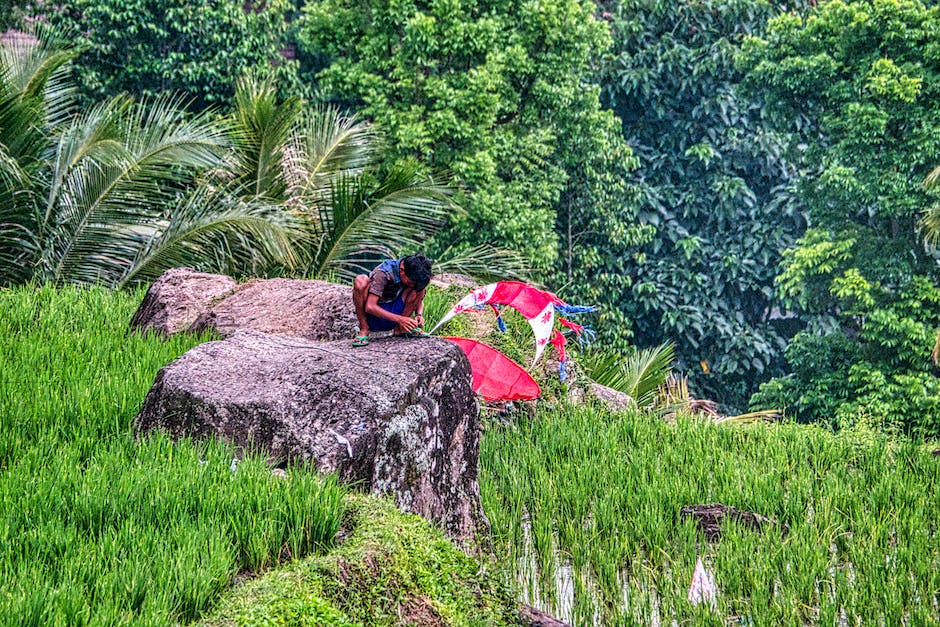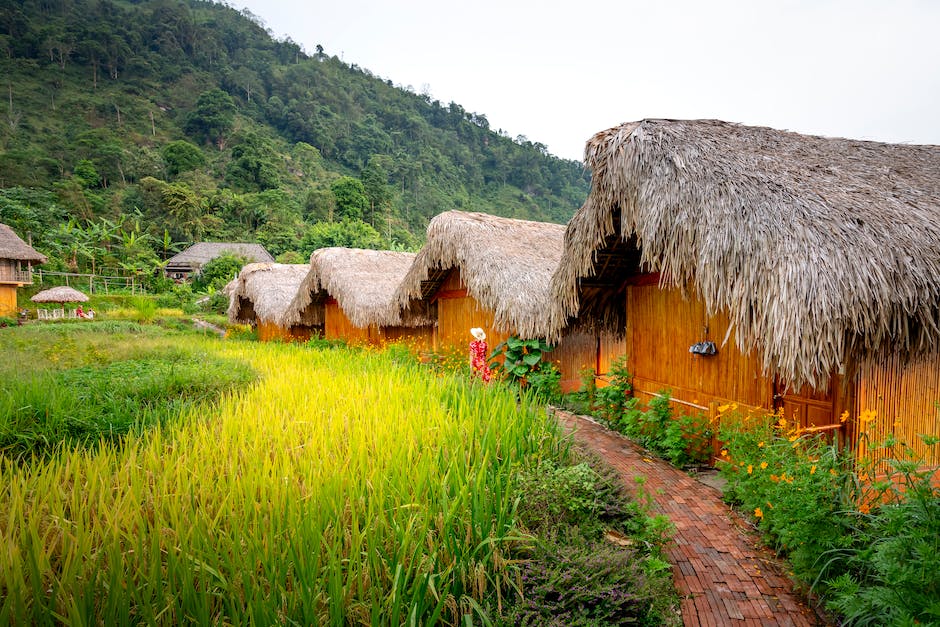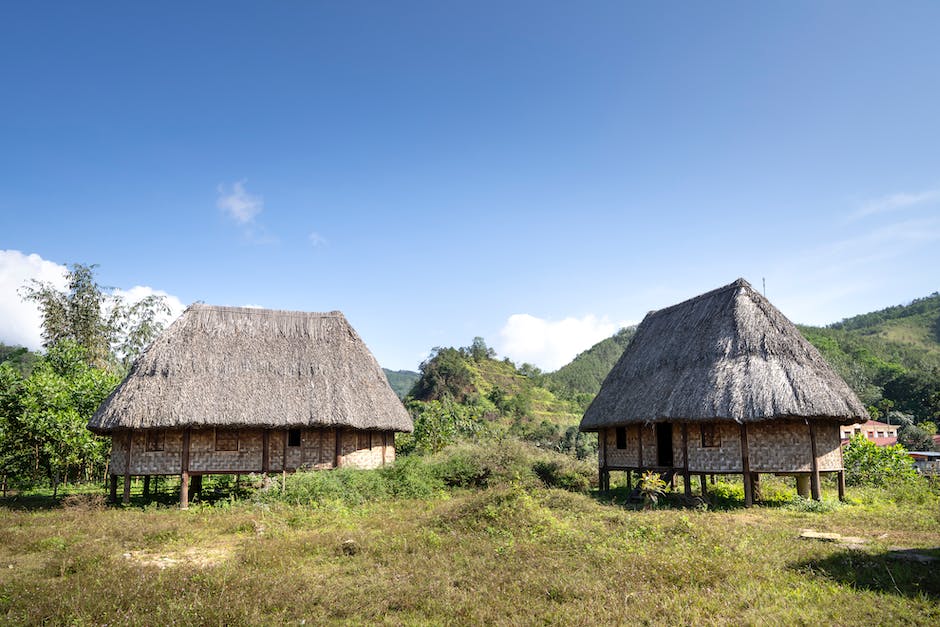Palm trees are not native to Florida. They were introduced to the state by people who brought them from other parts of the world.
There are several species of palm trees that are native to Florida, including the sabal palm, saw palmetto, and royal palm.
Does Florida have indigenous palm trees?
Table 1. Native palms of Florida
Species Height
Cabbage palm (Sabal palmetto) Up to 60 ft
Saw palmetto (Serenoa repens) Up to 10 ft
Royal palm (Roystonea oleracea) Up to 80 ft
Slender palm (Pseudophoenix sargentii) Up to 30 ft
Silver palm (Coccothrinax argentata) Up to 20 ft
Needle palm (Rhapidophyllum hystrix) Up to 15 ft
Bunya-bunya palm (Archontophoenix alexandrae) Up to 100 ft
Guihaia (Guihaia argyrata) Up to 30 ft
Star palm (Asterionellopsis schaffneri) Up to 12 ft
Triangle palm (Dypsis decaryi)
There are two main types of native palms in Florida: the shaggy-trunked Everglades palm and the feather-leaved buccaneer palm. The Everglades palm grows up to 30 feet high in colonies in marshy wetlands, while the buccaneer palm only grows to 10 feet high in sandy soil or limestone in extreme southern Florida. Both types of palms are considered endangered.
What palm tree is not native to Florida
There are many non-native palm species that grow in Florida, including the coconut palm, Bismarck, foxtail palm, fishtail palm, triangle palm, bottle palm, and Christmas palm. These palms add to the diversity and beauty of the state, and can provide valuable resources such as food, shelter, and even medicine.
Reducing energy consumption is always a good idea, and the city is doing its part by providing more shade on city streets. This will help to lower the heat island effect, which is when urban areas are significantly hotter than surrounding rural areas. Palms don’t provide much shade, but they do capture more carbon than shade trees like maples or oaks. So, the city is working to improve its green initiatives by planting more palms.
Are Miami palm trees native?
The Miami Palm is an evergreen palm that can grow up to 20 feet tall. It has a slender trunk and light green leaves. The Scrub Palmetto is a small palm that only grows to about 5 feet tall. It has a thick, stubby trunk and dark green leaves.
The sabal palm is the official state tree of Florida and is especially susceptible to the disease known as lethal yellowing. This disease has caused Florida nurseries, businesses and homeowners to take a financial hit as they have had to scrap infected palms. Some preventive measures can be taken to help avoid this disease, but once a palm is infected, the only practical solution is to uproot the tree.
Are coconuts native to Florida?
The Coconut was not native to Florida But it has a history of its own This history is intertwined with the larger and complex history of humankind which has its intersections with Migration, colonization and trade. Coconut has been found in many parts of the world and has been used by people for centuries. It is believed that coconuts were first brought to Florida by Spanish explorers. However, there is no clear evidence to support this claim. The first Coconut Farm in Florida was established in the 1920s. Florida has a long history of coconuts and it is one of the main producers of coconuts in the United States.
There are a total of 14 species of palms that are native to the United States. 9 of these species belong to their own individual genus, while the other 5 species are distributed among the southeastern and southern States. The one species of palm that is native to the western United States is commonly found in North Carolina, Florida, and the Gulf Coast area of Texas. These palms are also known to inhabit areas as far inland as Arkansas and southeastern Oklahoma.
Where do palm trees come from originally
The palm trees that we typically associate with California are not actually native to the state. They come from various warm regions of Asia and Africa, and were imported to California from different parts of the world. The only palm tree that is native to California is the California fan palm. Even so, palm trees have come to symbolize the state, and are an important part of its identity.
A palm has a temperature and humidity range in which it is able to photosynthesize and grow. If the temperature falls below this range, the cells in the palm’s leaves (chlorophyll) stop photosynthesizing and begin to die.
Why are there no palm trees in Texas?
If you’re looking to plant a palm tree in Houston, you’ll need to choose a variety that can withstand colder temperatures. USDA Hardiness Zone 9a indicates that temperatures in the area can drop to around 20 degrees in the winter. This is too cold for most palm trees, so you’ll need to select a variety that is known to be hardy in colder climates. Research different types of palm trees and consult with a local nursery or expert before making your final selection. With the right care, your palm tree can thrive in Houston’s climate.
Only one palm species is native to Southern California and that is the Washingtonia filifera, which is also known as the California Fan Palm. This palm would never naturally be found as far west as the Los Angeles basin as its natural habitat includes parts of the Mojave Desert.
What city in the US has the most palm trees
Naples has almost 15,000 city palm trees, which is an impressive sight. The palm trees are a symbols of the city and add to its tropical feel.
Palm trees are regularly used as constructive building material for house walls, rafters and roofing. The fibrous wood is pulled apart and woven together to produce thatch for roof coverings, and logs for bridges. Palm fronds are used to weave mats, baskets, and brooms. The tree’s bark is used as rope, while the leaves are used for roofing, floors, and walls in huts.
Why do palm trees survive hurricanes?
Palm trees are woodless, meaning they don’t have a hard outer layer like other trees. This makes them much more flexible, allowing them to bend in strong winds. This flexibility is what allows them to survive in hurricane-prone areas.
California Fan Palm (Washingtonia filifera) is a species of palm tree that is native to the southwestern deserts of the United States, but not as far north as the Las Vegas area. The palm produces small, hard, nut-like seeds, not figs. The palm is tall and straight, with long, cascading leaves that are green on the top and silver on the bottom. The palm is an important source of food and shelter for many desert animals, and the leaves are used by Native Americans for basketry and roofing.
Are any palm trees native to Hawaii
Did you know that the Loulu is the Hawaiian name for all of the palm species in the Pritchardia genus? These palms are indigenous to Hawaii and make up a beautiful addition to the islands’ flora. So next time you see one of these lovely palm trees, remember its name!
The palm tree is a beautiful and iconic plant that is found in many tropical and subtropical regions around the world. They are often used as ornamental plants or as part of the landscape, and while they are not known to be the longest-lived trees, they can still provide enjoyment and beauty for many years. Palm trees typically have a lifespan of between 7 and 8 decades, but some may only live for around 40 years, while others can reach up to 100 years old. No matter their lifespan, palm trees can add a touch of elegance and exoticism to any setting.
What is killing trees in Florida
Whiteflies are small, winged insects that feed on leaves. They can cause damage to trees by eating leaves, causing wilting and yellowing, stunting growth, and causing early defoliation. Whiteflies can also spread rapidly to other trees, causing damage.
As a general rule, you should only trim or prune your palm trees when you see dead fronds that are weighing down your tree. Dead fronds will be brown, dry, and grim looking. In most cases, this will be 1-2 times per year.
Why are there so many palm trees in Florida
The palm tree is a common sight in Florida, and it’s easy to see why they thrive in this environment. With its warm climate and abundant rainfall, the palm tree fits right in and is a beautiful part of this perfect background.
The State of Florida has decided to ban the coconut due to the potential health hazards it poses to people. The main reason for this is because coconuts can contain high levels of saturated fat, which can increase the risk of heart disease and other health problems. While this may be the case, many people still enjoy the taste of coconuts and the benefits they provide, so the ban may not be successful.
Is there coconut trees in Taiwan
The island has a great variety of trees that produce delicious fruits every year. There are approximately 500 coconut trees, 50 papaya trees, and 50 plantain trees growing in shrub areas. Each type of tree produces a different quantity of fruit. The coconut trees produce 1,500 coconuts, the papaya trees produce 200-300 papayas, and the plantain trees produce 50 plantains. The fruits produced by these trees are wonderful in flavor and are enjoyed by many people. Every year, the island produces a great quantity of these fruits for everyone to enjoy.
Did you know that Florida is home to more palm trees than any other state in the US? That’s right – there are forty different types of palm trees native to the Sunshine State! In terms of sheer numbers, Florida definitely takes the cake when it comes to palm trees. So next time you’re looking to get away from it all and enjoy some Vitamin D, head on down to Florida and enjoy the palm trees!
Who brought palm trees to the USA
The Spanish missionaries first introduced the biblically-significant palm plants to the area in the 18th century. Prized for their “exotic” aesthetic, they later became a popular decorative plant among wealthy Angelenos around the turn of the century. These palms are now an ubiquitous part of the Southern California landscape.
The Great White North was once home to a species of small palm trees, according to a new study.
Researchers identified the new species of palm after examining a fossil that had been part of an Alberta museum collection for decades.
The fossil, which is about 80 million years old, was found in southern Alberta’s Dinosaur Provincial Park.
Palms are typically associated with warm, tropical climates. But the new species, Palmocarpon Canadense, was adapted to a colder climate.
The discovery shows that the climate in Canada was once much warmer than it is today.
Are palm trees not native to LA
A palm tree’s native habitat is typically a tropical or subtropical climate. However, the Washingtonia filifera is native to the desert regions of California. This palm tree is commonly known as the California palm or the California fan palm.
Texas is a great place for palm trees because of the warm climate. Palm trees will thrive in the warm temperatures and the humid air. There are a variety of palm trees that will do well in Texas, so you have many to choose from. When planting palm trees in Texas, make sure to choose a location that has well-drained soil and full sun.
Conclusion
No, palm trees are not native to Florida.
After much research, it seems that the answer to this question is a bit complicated. Palm trees are not native to Florida, but they are naturalized. This means that they are not originally from Florida, but they have been introduced and have adapted to the climate and environment.
Jackson Hill is a passionate arborist with years of experience in the field of trees. He developed his fascination with trees at a young age, spending countless hours exploring the forests and climbing trees. Jackson went on to study arboriculture and horticulture at Michigan State University and later earned a degree in forestry from the University of Michigan.
With his extensive knowledge and expertise, Jackson has become a trusted authority on trees and their impact on the environment. His work has helped shape the field of arboriculture and he continues to be a leading voice in the industry.
